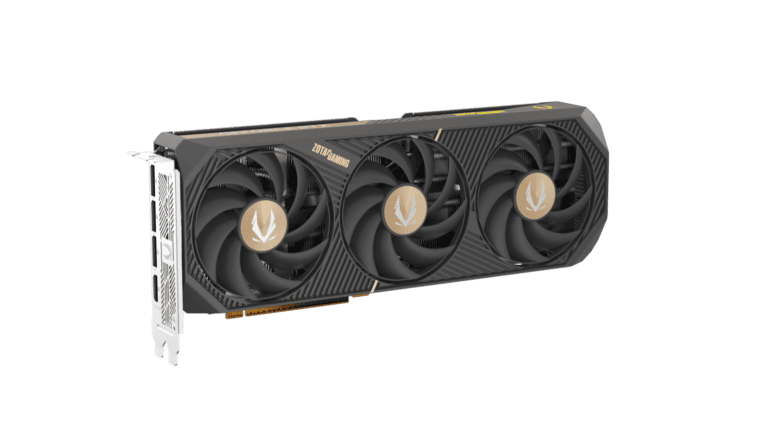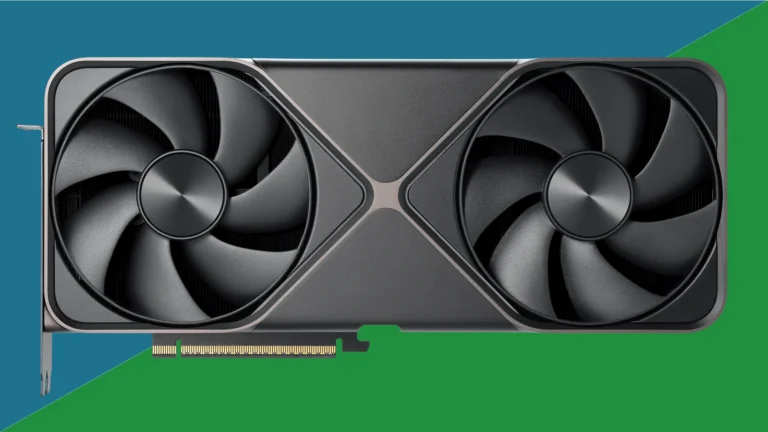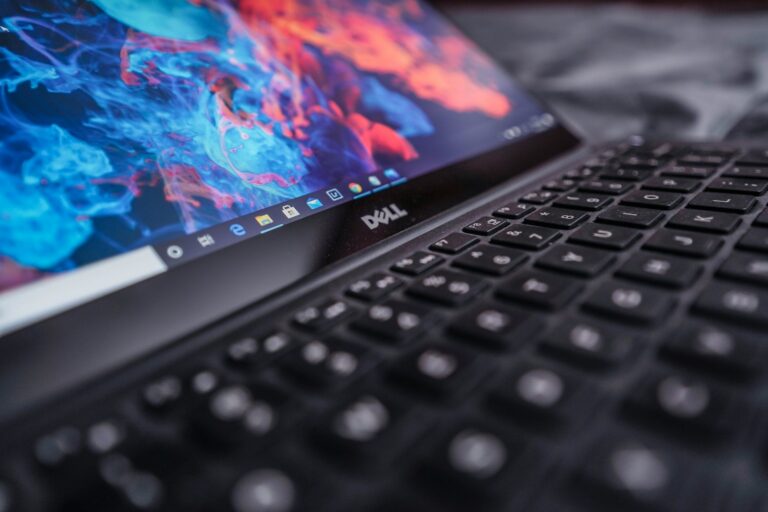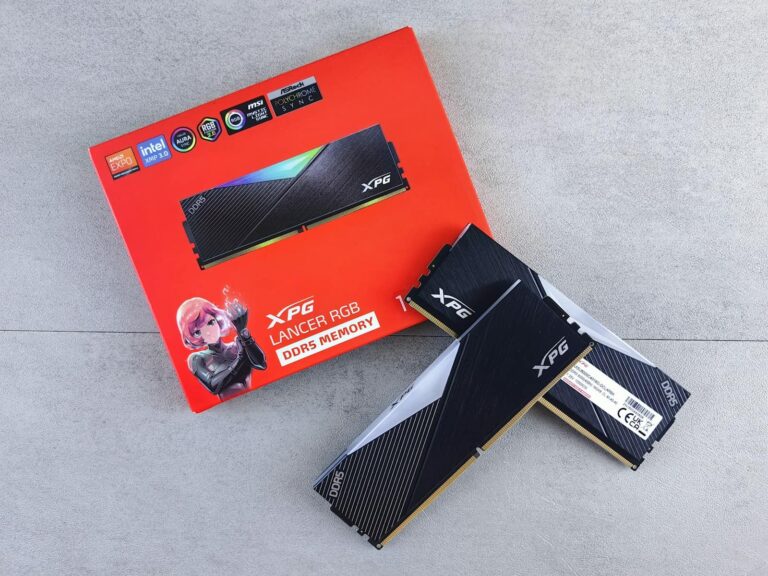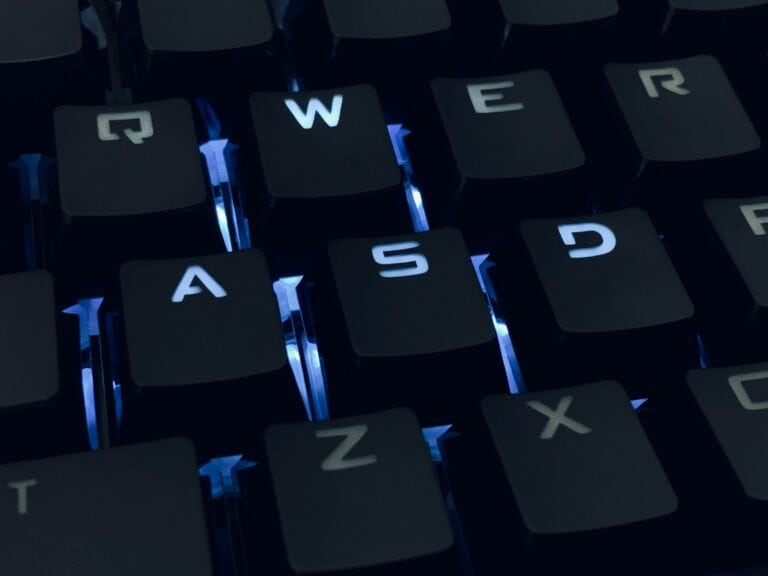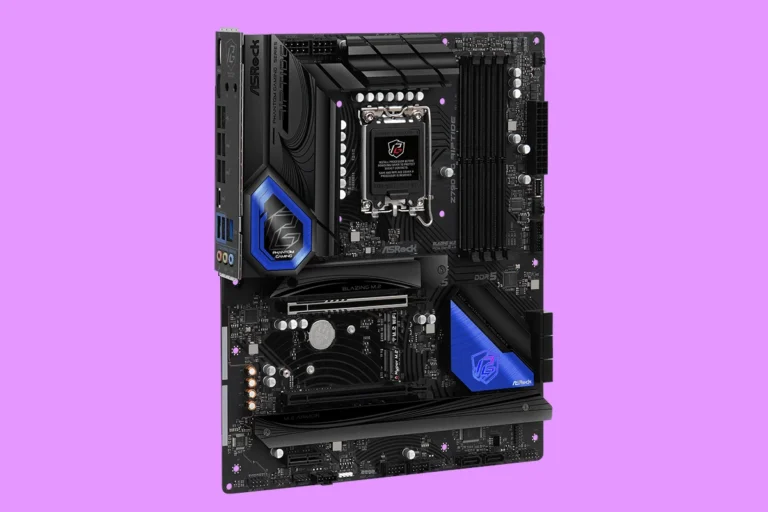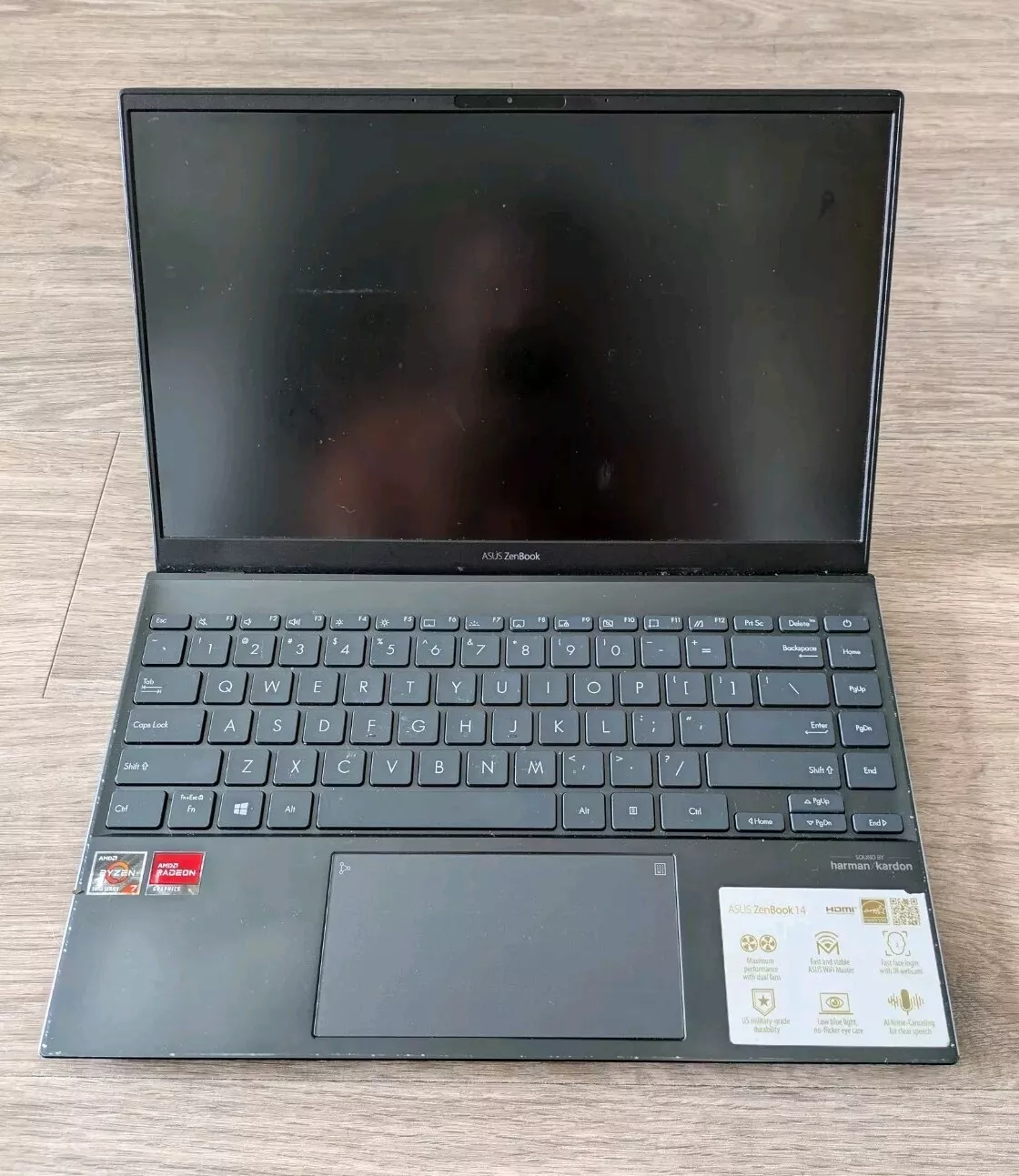
Asus laptops are known for their reliability but sometimes users face display issues where your laptop will sometimes work perfectly fine but other times only give you a black screen. These problems can range from minor glitches to complete screen blackouts and can also show as flickering, black screens, or distorted images, often appearing during startup. Fixing an Asus laptop with no display often involves simple troubleshooting steps that users can perform at home.
The first step in resolving display problems is to check for loose connections. Ensure the laptop’s power cord is securely plugged in and the battery is properly seated. If external monitors are connected try unplugging them. Sometimes a hard reset can resolve black screen issues on Asus laptops.
If basic checks don’t work more advanced steps may be needed. These could include updating graphics drivers checking for BIOS updates or inspecting the laptop for hardware faults. In some cases the backlight might be the culprit causing the screen to appear blank even when the computer is running.
Troubleshooting ASUS Laptop Screen Issues
Common Causes
Intermittent screen issues when booting an ASUS laptop can be frustrating. They can be caused by a variety of factors, including:
- Loose connections: The cable connecting the screen to the motherboard may be loose or damaged.
- Driver problems: Outdated or corrupted graphics drivers can cause display problems.
- Hardware faults: There may be a problem with the screen itself, the graphics card, or another component.
- Overheating: Excessive heat can cause the screen to malfunction.
- Software conflicts: Certain programs or applications may interfere with the display.
Troubleshooting Steps
Here are some steps you can take to resolve the issue:
- Check connections: Ensure the cable connecting the screen to the motherboard is securely attached.
- Update drivers: Update your graphics drivers to the latest version.
- Cool down the laptop: If the laptop is overheating, allow it to cool down before restarting.
- Run diagnostics: Use the built-in ASUS diagnostics tool to check for hardware problems.
- Boot in safe mode: This can help identify if a software conflict is causing the issue.
- Check for external interference: Ensure no external devices or factors are interfering with the display.
Troubleshooting Table
| Problem | Solution |
|---|---|
| Loose connections | Reseat the screen cable |
| Driver problems | Update graphics drivers |
| Overheating | Cool down the laptop |
| Hardware faults | Run diagnostics |
| Software conflicts | Boot in safe mode |
| External interference | Check for interference sources |

Additional Tips
- BIOS settings: Access the BIOS settings by pressing the appropriate key during startup (usually DEL or F2). Check if the boot order is correct and ensure Legacy mode is disabled.
- External display: Connect your laptop to an external monitor to see if the display issue persists. This can help isolate whether the problem lies with the laptop screen or the graphics card.
- Power reset: Disconnect the laptop from the power source and remove the battery (if possible). Hold down the power button for 60 seconds to discharge any residual power. This can sometimes resolve temporary glitches.
- RAM check: If you suspect a RAM issue, try reseating or replacing the RAM modules. You can also run a memory diagnostic tool to check for errors.
- SSD check: Since you mentioned an SSD issue, consider checking the SSD’s health and connections. A failing SSD can sometimes cause boot problems.
Additional Troubleshooting Table
| Problem | Solution |
|---|---|
| Incorrect boot order | Adjust boot order in BIOS |
| Legacy mode enabled | Disable Legacy mode in BIOS |
| Screen-specific issue | Connect to an external display |
| Temporary glitches | Perform a power reset |
| Faulty RAM | Reseat or replace RAM modules |
| SSD problems | Check SSD health and connections |
Key Takeaways
- Check connections and perform a hard reset as initial troubleshooting steps
- Update graphics drivers and BIOS if basic solutions don’t work
- Inspect hardware components like the backlight if software fixes fail
Diagnosing the Issue
When an Asus laptop screen goes black sometimes, it’s key to check the boot process, hardware parts, and software settings. This helps find the root cause of the display problem.
Boot and POST Process
The Power-On Self-Test (POST) is a critical step when your Asus laptop starts up. Listen for beep codes during startup. They can point to specific issues. No beeps often mean the system is working fine.
Watch for any lights on the laptop. A flashing power light might show a problem. Check if the screen backlight turns on. If it does, the issue may be with the display itself.
Try to enter the BIOS by pressing F2 or Del when you turn on the laptop. If you can see the BIOS screen, the problem is likely with Windows or your display drivers.
Hardware Components Check
Start by checking the physical parts of your Asus laptop. Ensure the screen cable is firmly attached to the motherboard. Look for any damage to the cable.
Test the laptop with an external monitor. Use the HDMI or VGA port. Press Fn + F8 to switch display modes. If the external screen works, your laptop’s display or its connector may be faulty.
Check the RAM. Remove and reseat the memory sticks. Bad RAM can cause display issues. Try booting with one stick at a time to isolate a faulty module.
The CMOS battery might need replacing if the laptop won’t keep time or BIOS settings.
Software and Settings Verification
Boot your Asus laptop in Safe Mode. Press F8 during startup to access this option. If the display works in Safe Mode, a driver or program is likely causing the issue.
Update or reinstall your graphics drivers. Go to the Asus support site to get the latest version for your model. Use Windows Update to check for any system updates.
Check your power settings. Some settings can affect the display. Go to Control Panel > Power Options. Make sure the display isn’t set to turn off too quickly.
Run a virus scan. Malware can sometimes cause display problems. Use Windows Defender or another trusted antivirus program to check your system.
Resolving Display Problems
Display issues on Asus laptops can be frustrating. These problems often have simple fixes. The following sections cover key areas to check and steps to take.
Power Supply and Battery Solutions
First, check the power supply. Make sure the laptop is plugged in correctly. Try a different outlet or power adapter if needed. For battery-powered laptops, remove and reinsert the battery.
Press and hold the power button for 30 seconds. This can reset internal components. If the screen stays black, connect an external monitor. This helps determine if the issue is with the built-in display or the system itself.
Check the power indicator lights. If they’re off, the laptop may not be receiving power. Ensure the battery has enough charge. Try booting without the battery using just the AC adapter.
Display and Graphics Troubleshooting
Start by adjusting screen brightness. Use the Fn + F5/F6 keys or Windows settings. If the screen flickers or shows odd colors, update or reinstall graphics drivers.
For no display, try the Fn + F8 key combo. This can switch between display modes. Check if Windows is detecting the built-in screen in Display Settings.
Clear dust from vents and fans. Overheating can cause display problems. Run the laptop on a flat, hard surface for better airflow.
If lines appear on screen, it may indicate hardware issues. Contact Asus support for repair options.
System Recovery and Support
Boot into Safe Mode to rule out software conflicts. Press F8 during startup to access advanced boot options. If the display works in Safe Mode, a program or driver might be causing issues.
Try a system restore to an earlier point when the display worked correctly. This can fix recent software-related display problems.
For persistent issues, reset Windows. Go to Settings > Update & Security > Recovery. Choose “Reset this PC” to reinstall Windows while keeping or removing personal files.
If problems continue, contact Asus technical support. They can guide you through more advanced troubleshooting or arrange repairs if needed.
Frequently Asked Questions
Asus laptop display issues can be frustrating. These common questions address various screen problems and provide practical solutions.
What steps can be followed to reboot an Asus laptop with a black screen?
Unplug all devices from the laptop. Take out the battery if possible. Press the power button for 60 seconds. This drains leftover power. Put the battery back in and plug in the charger. Try turning on the laptop again.
What reasons might cause an Asus laptop to turn on with a black screen?
A black screen can happen due to loose connections. It may also be caused by outdated graphics drivers. Sometimes the display settings get changed by accident. In rare cases, hardware issues like a broken screen or graphics card can be to blame.
How can a black screen with cursor issue be resolved on an Asus laptop?
Try pressing Windows key + Ctrl + Shift + B to restart the graphics driver. If that doesn’t work, boot into Safe Mode and update or reinstall the graphics driver. Check for Windows updates as well.
What troubleshooting methods can be used when an Asus laptop screen turns black but the system is still running?
Connect an external monitor to see if the issue is with the built-in display. Try adjusting the screen brightness using function keys. Restart the laptop and enter BIOS to check if the screen works there. If it does, the problem may be with Windows.
How can you reset the display settings on an Asus laptop when the screen goes black?
Boot into Safe Mode. Right-click the desktop and select Display settings. Choose the recommended display resolution. If needed, update the graphics driver through Device Manager. Restart the laptop to see if the issue is fixed.
What should be done when an Asus laptop does not turn on and no indicator lights are on?
Check the power adapter and try a different outlet. Remove the battery and hold the power button for 30 seconds. Put the battery back and try again. If it still doesn’t work, the issue might be with the power supply or motherboard. Professional repair may be needed.

